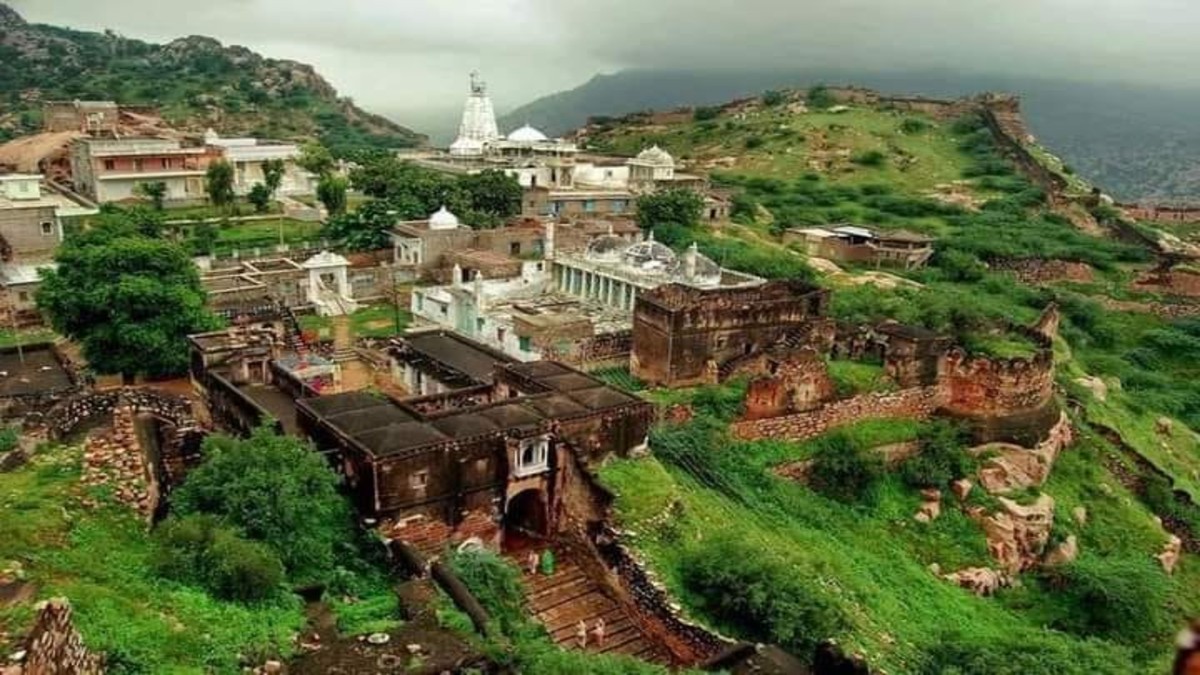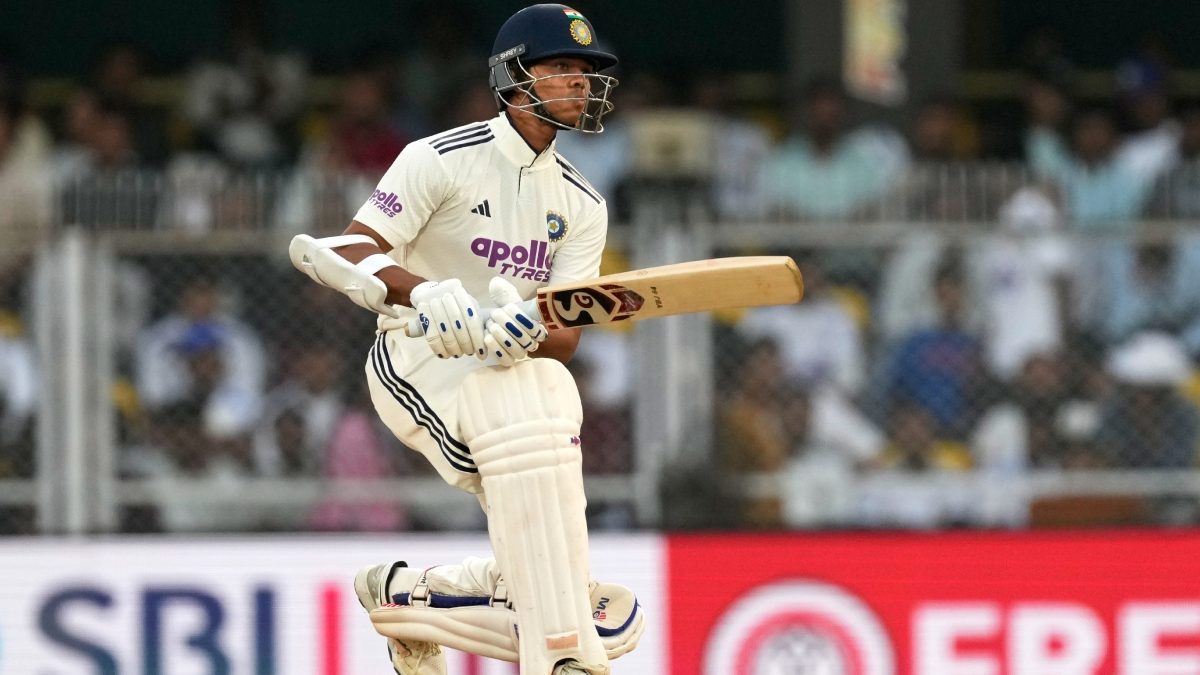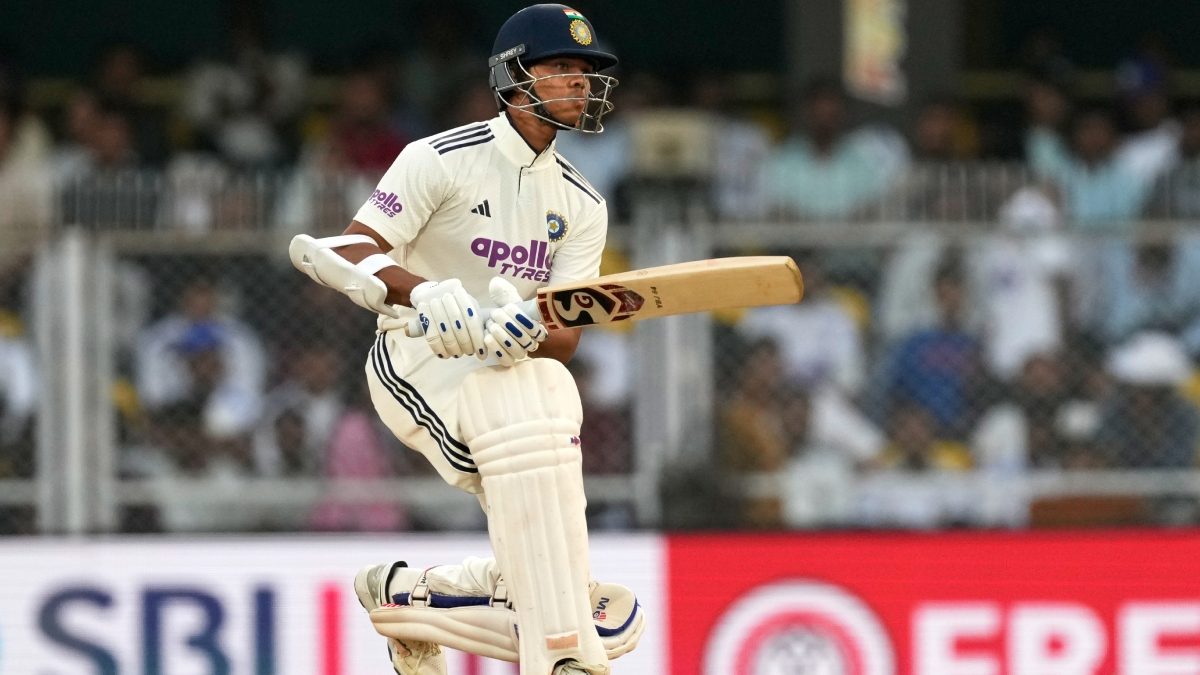Jalore, in Western Rajasthan’s Marwar region, rarely makes the news. Hence, it came as a surprise to find a story about the place, mentioning the district as the planned setting for an inland port. The news item further stated that this port would be developed by creating a 262-km waterway connecting Jalore with the Gulf of Kutch. The resultant waterway is expected to reduce pressure on rail and roadways.
While Jalore’s appearance in the news did come as a surprise, its connection with Gujarat’s immense coastline did not. For a thousand years, and perhaps even more, Jalore has been one of the towns in the Marwar region that formed part of an old route to Gujarat. It was a route that existed before cities such as Jodhpur and Jaipur took shape and when the Mewar region around Udaipur was still thick forest, with Chittorgarh as a mighty bastion. Armies and merchant caravans heading to and from Delhi took a circuitous route via the Marwar region to the coast.
Jalore is an old settlement; its hilltop fort was originally built between the 8th and 10th centuries by Paramara dynasty rulers who reigned here. By the 12th century CE, the region was controlled by the Chauhans. The reign of Udayasimha is notable for its prosperity. Unfortunately, it also brought uninvited visitors to the place, visitors who had realised that control of Jalore was vital to ensure an uninterrupted supply of wealth from the coast. While Udayasimha had managed to fight off the Delhi Sultanate ruler Iltutmish in 1228, the early 14th century brought a far more formidable opponent to Jalore.
Ala-ud-din Khilji’s forces controlled not just North India but had also penetrated deep into the Deccan. For his attack on Jalore, historians have come up with an assortment of reasons. At the time of the attack, Jalore was ruled by the Chauhan descendant Kanhar Deo. It is believed that around 1304-05, Kanhar Deo had accepted the overall suzerainty of the Delhi sultans and was part of the Delhi court. The reasons for his breaking away from that arrangement are hazy.
One account holds Ala-ud-din remarking that no king of the land dared to face the might of his armies. Insulted by this, Kanhar Deo rose in revolt. Another version mentions a Khilji princess falling in love with Kanhar Deo’s son Viramde. Unwilling to get into this alliance, Viramde slipped out of court back to his kingdom, triggering the conflict.
Quick Reads
View AllThe most interesting version is contained in the ‘Kanhad-de-Prabandh’, a treatise which brought together a host of bardic narratives and oral histories of the region. Written in the 15th century, the Prabandh speaks of the valour of Kanhar Deo. It says that when the Khilji commander Ulugh Khan was returning from a raid into Gujarat, bringing with him the Shiv linga of Somnath, Kanhar Deo attacked the army and recovered the idol. The Prabandh also mentions the possible alliance between a Khilji princess and Kanhar Deo’s son, stating that the Jalore clan saw this as an attempt to subdue them via matrimony and declined. Conflict followed.
If Khilji was a formidable enemy, conquering Jalore Fort was no easy task either. The fort stands on a rocky hill over 1,200 feet high. Today, a visitor has to climb over seventeen hundred steps. In the mediaeval era, an invading force would not have convenient steps to ease out the climb. A climb obstructed by high walls and tall gateways. And the defending garrison would have been raining fiery arrows on them and firing at them. Yet the fort of Jalore fell. In an era where gunpowder had not yet been harnessed into artillery, the capture of this fort needed something special. Beyond traitors within and being surrounded and starved out. A clue about what could have happened comes from another, similar fort about 52 kilometres away.
It was July 1308. A huge Khilji army surrounded the hilltop fort of Siwana. This was the same force that had captured Malwa and had taken Ranthambore and Chittor. Siwana, in comparison, was puny. But it had one advantage – the sheer height of the fort. The hill it stood on towered over the countryside.
A strong rampart wall protected the fort. The hillside was covered with dense vegetation, making access difficult. The approach to the fort was via a serpentine path which was open to constant attack from the garrison above. Like at Jalore, the Siwana garrison felt it was prepared to withstand a long siege. The troops were well armed and supplied, and the fort contained large open tanks for water storage. Siwana was then ruled by Satal Deo, linked to an offshoot of the Paramaras.
The fort had faced attacks earlier, and there had been skirmishes with Sultanate armies moving through the region. This time was different. The Sultan himself was involved. It was a fight to the last. Huge siege engines were erected on mounds, and from these, stones were catapulted into the fort. At some point the invaders got their hands on a traitor – that old weakness in Bharat! From this person, they got a vital piece of information – the location of the water reservoirs inside the fort. The siege engines had found a new target, and this time, the weapons hurled were not stone but the carcasses of dead cattle, being fired to land in the water tanks. With the water contaminated, the fort became a lost cause. The invaders forced their way in. Satal Deo tried to retreat towards Jalore but was killed in November 1308.
Jalore too was let down by a traitor who showed the attackers a way in. The defenders were overwhelmed, and the ruler was killed. Today, the forts of Jalore and Siwana lie in a little-visited corner of a very ‘touristy’ state. Inside Jalore Fort are a few Jain temples and abandoned palaces. In the town below, stands the Topkhana Masjid, which clearly shows evidence of temple material used. While Jalore’s Jain temples bring in a few visitors, Siwana is entirely silent. Hopefully, the inland port will not just bring in much-needed prosperity but will also put these old forts on the tourist map.
(The author is a heritage explorer with a penchant for seeking obscure sites. A brand consultant by profession, he tweets @HiddenHeritage. Views expressed in the above piece are personal and solely those of the author. They do not necessarily reflect Firstpost’s views.)


)

)
)
)
)
)
)
)
)



